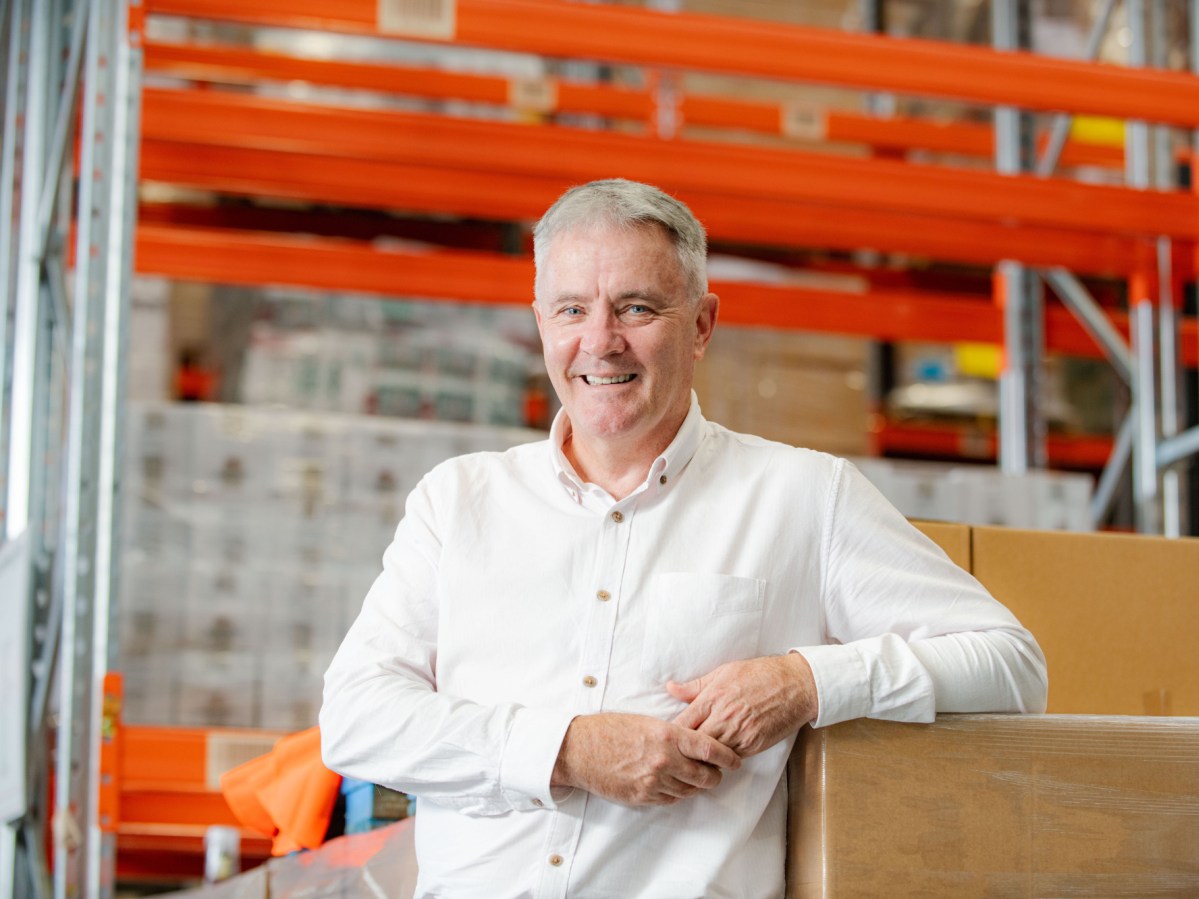New Zealand Food Network Chief Executive, Gavin Findlay, on future possibilities and solutions for Aotearoa’s food support sector.
In the last budget announcement, the Government confirmed that it will invest $28.5m towards food secure community initiatives, so there’s no better time to be thinking about how the sector can optimise this funding to better serve those in need.
I recently had the opportunity to visit several food rescue organisations in the US, Canada, and UK to learn about how they each operate and what we, at the New Zealand Food Network (NZFN), might learn from them.
The organisations I visited were The Greater Chicago Food Depository, Feeding America, Second Harvest in Canada, and Fareshare in the UK, all of which were first established within the late 70s to early 00’s and have had time to develop work programs, fundraising avenues, government relationships and sector suitable technology. I also had the opportunity to meet with a representative from Leket Israel – The National Foodbank.
NZFN was set up to bridge the gap between surplus stock from food businesses and people experiencing food insecurity and we’ve made huge strides in just a few short years. But the recent survey of our partner food hubs found that since Covid hit, there’s been a 165% increase in the number of people receiving food support, and over two-thirds (69%) of the hubs are feeding more people than they were in 2020.
With inflated food prices contributing to a growing hunger crisis and huge amounts of edible food still going to waste, it’s time for every Kiwi, including existing food support organisations, to think about how we might up our game.
The trip certainly provided some ‘food for thought’.
Exploring services beyond food rescue
Some say ‘stick to your knitting’, but all of the organisations I visited were providing additional services beyond food rescue and distribution – be it in education, cookery, advocacy, disaster management and more.
All of them had developed training and education programs across areas such as food waste, food preparation and the environmental impacts of food waste. This is certainly an area I could see us playing a role in – for example, providing support for key corporate food donors, government agencies or even volunteers to help raise awareness.
Becoming more disaster-ready
Another area in which food support organisations should contribute is disaster management. Our work in the aftermath of the Auckland Anniversary floods and Cyclone Gabrielle was incredibly meaningful. In the first week after the floods in Hawke’s Bay, supermarkets were under a lot of strain and were rationing supplies, while the existing food support mechanisms took some time to get up and running. We were able to respond immediately and go directly to communities in need using our existing networks.
I am now more convinced than ever that we must step up by bringing the sector together to create plans at a national and regional level. This includes working with key food sector and industry partners, as well as existing Emergency Management Agencies, to deliver relief in the event of an emergency where food provision is required.
Overseas, our counterparts sit on various national and state disaster readiness management bodies, and are able to feed directly into any action plans. It was inspiring to hear about it, and this collaboration is key to a quick and effective emergency response.
The role of technology in our future
One development that stood out to me was how technology platforms were used to manage and integrate the food rescue sector with the food supply sector. We started NZFN in early 2020 and have been operating in a pretty turbulent environment since inception – initially Covid, and now a cost-of-living crisis. Due to this, the tech side has so much potential to grow, and I see this tech innovation as a roadmap for the future.
Developing a national food rescue app is one way that we could use technology to our advantage. Second Harvest’s app in Canada has 7,200 donors and 4,200 food rescue partners loaded onto it. The other two organisations I visited had also developed apps, such as FARESHARE GO in the UK.
Such an app would allow interaction between food donors and front-line organisations and could include standardised data, capturing all the transactions being made across the sector.
Working across borders
NZFN needs to advocate for and on behalf of our sector, and going abroad to see how other organisations are working made me realise the potential scope for ongoing collaboration.
We have been exploring the possibility of creating a global alliance for national-level (non-food bank) food rescue organisations who want to exchange ideas, learn from each other, advocate and work together to achieve our shared visions.
Such an alliance could address systemic issues at the global level and be used to share skillsets through a personnel exchange program, as well as advocating for legislative change, driving towards food sovereignty for all, and aiding in reducing the impact of food waste on the climate.
It’s when we look outwards and learn from those around us that we can find new and innovative solutions to issues in our own backyard. I’ve returned home from my trip filled with even more energy and ambition to work towards a kai-resilient Aotearoa.



